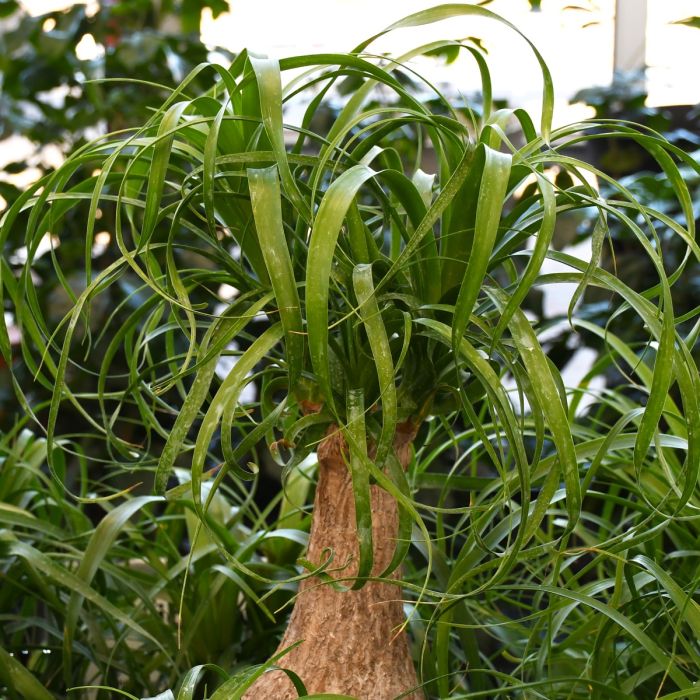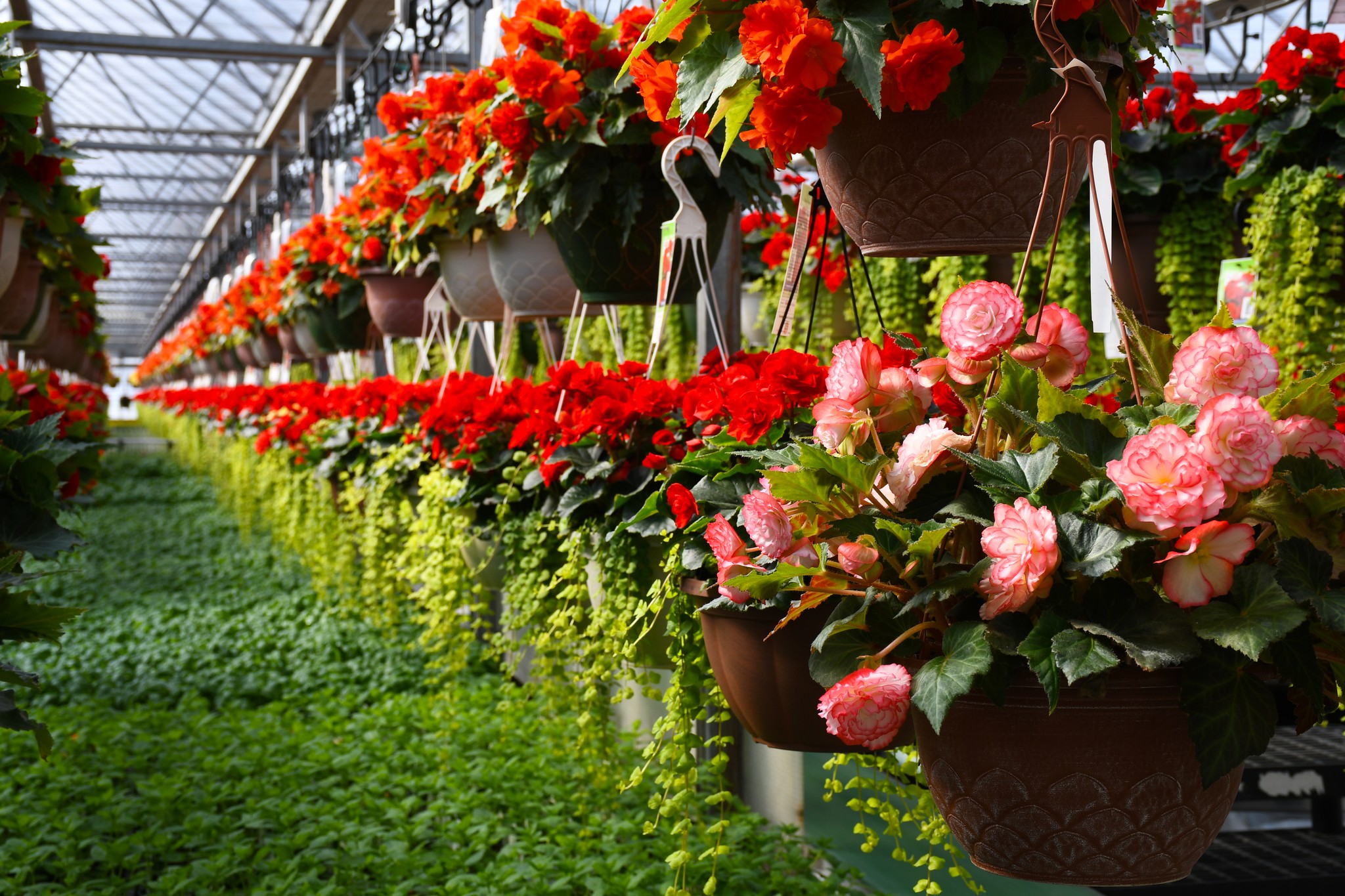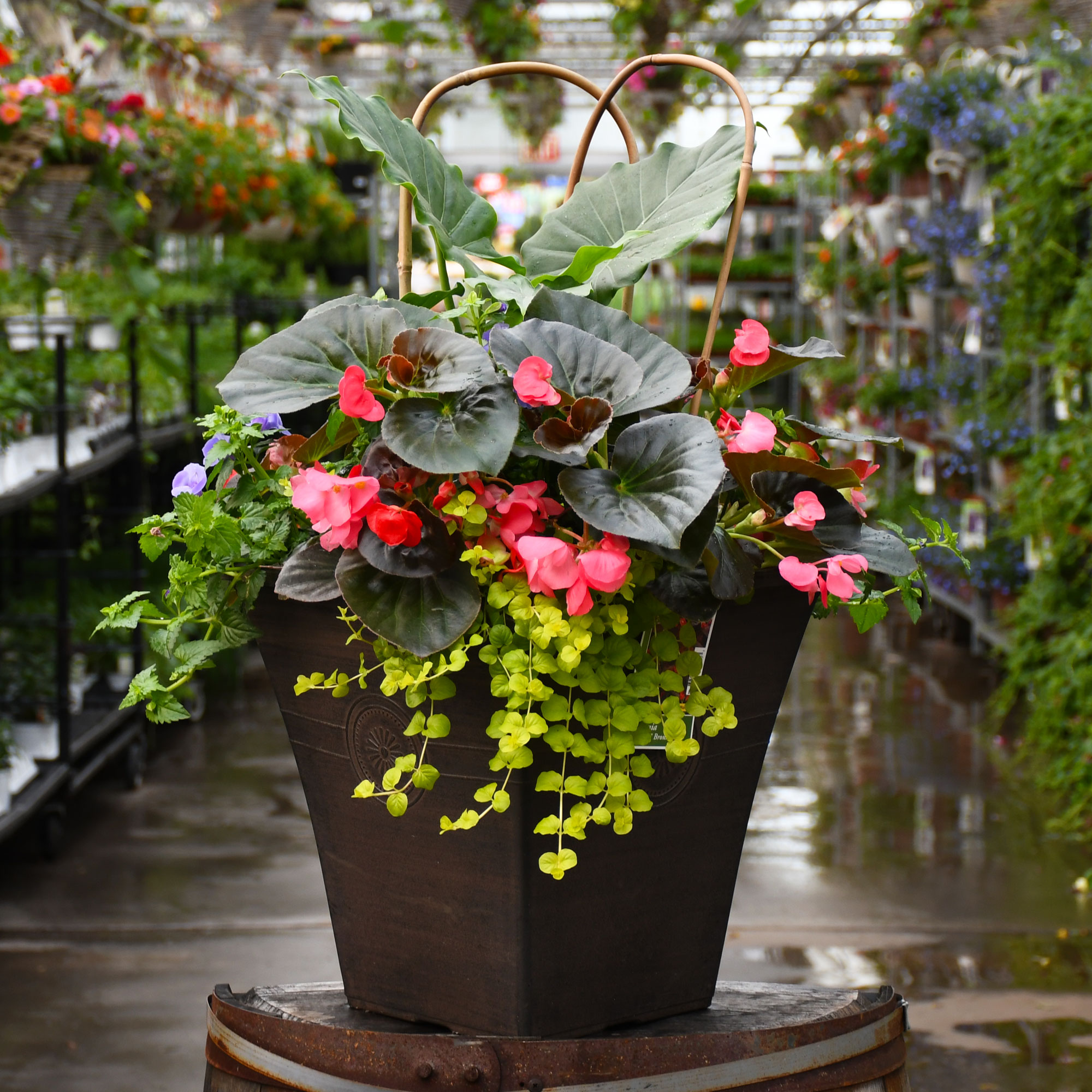Beaucarnea Guatemalensis 'Ponytail Palm'

Description
A stunning plant that develops a swollen base over time, under rising tufts of narrow green leaves; rarely, if ever blooms indoors; water deeply but infrequently; protect from frost; an excellent indoor accent plant for a bright area
- Keep soil moist but let dry halfway before watering
- Fertilize every 2-3 months
- Thrives in bright light
- Sun Requirements: Bright Direct
Direct from the Grower
When you see the Gerten Grown logo on our annuals, you know you're getting a fresh plant directly from our greenhouse. We've been perfecting our growing process for over four generations and pride ourselves on providing local quality and freshness to our customers. Better pricing on better quality plant material, that's Gerten Grown.
Details
Height: 7 feet
Spread: 4 feet
Sunlight: ![]()
![]()
Hardiness Zone: 10a
Other Names: Ponytail Palm, Elephant's Foot, Bottle Palm
Description:
A stunning plant that develops a swollen base over time, under rising tufts of narrow green leaves; rarely, if ever blooms indoors; water deeply but infrequently; protect from frost; an excellent indoor accent plant for a bright area
Features & Attributes
Pony Tail Palm's attractive glossy narrow leaves remain green in color throughout the year. The flowers are not ornamentally significant.
This is a multi-stemmed evergreen houseplant with a rounded form and gracefully weeping foliage. This plant should not require much pruning, except when necessary to keep it looking its best.
Planting & Growing
When grown indoors, Pony Tail Palm can be expected to grow to be about 7 feet tall at maturity, with a spread of 4 feet. It grows at a slow rate, and under ideal conditions can be expected to live for approximately 80 years. This houseplant will do well in a location that gets either direct or indirect sunlight, although it will usually require a more brightly-lit environment than what artificial indoor lighting alone can provide. It prefers dry to average moisture levels with very well-drained soil, and may die if left in standing water for any length of time. This plant should be watered when the surface of the soil gets dry, and will need watering approximately once each week. Be aware that your particular watering schedule may vary depending on its location in the room, the pot size, plant size and other conditions; if in doubt, ask one of our experts in the store for advice. It is not particular as to soil pH, but grows best in sandy soil. Contact the store for specific recommendations on pre-mixed potting soil for this plant.
There are many factors that will affect the ultimate height, spread and overall performance of a plant when grown indoors; among them, the size of the pot it's growing in, the amount of light it receives, watering frequency, the pruning regimen and repotting schedule. Use the information described here as a guideline only; individual performance can and will vary. Please contact the store to speak with one of our experts if you are interested in further details concerning recommendations on pot size, watering, pruning, repotting, etc.
-- THIS IS A HOUSEPLANT AND IS NOT MEANT TO SURVIVE THE WINTER OUTDOORS IN OUR CLIMATE --
More Information
| Common Family Name | Palm |
|---|---|
| Plant Life Cycle | Annual |


